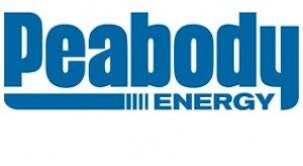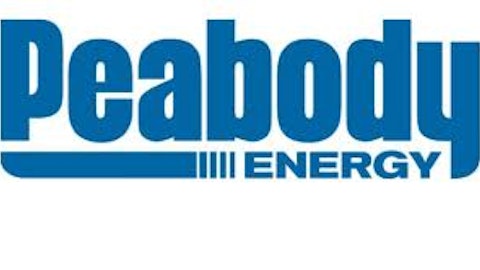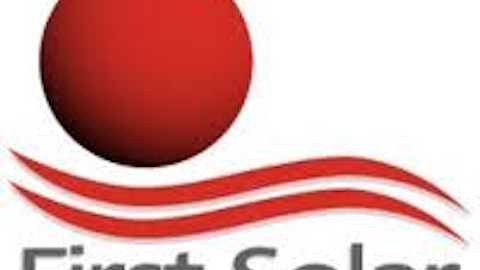The Energy Information Administration’s (EIA) 2013 total system levelized cost (LCOE) estimates aren’t exactly earth-shaking. Natural gas is cheaper than coal, while nuclear is in the middle. On the renewable front wind is cheaper than coal, while photovoltaic solar systems are very expensive. These estimates provide a good starting analysis of the energy markets, but they leave out a number of factors that shape the future of coal, solar, and other fuels.

The discussion of externalities explores what factors have been forgotten in the pricing of an asset. Producers of coal and utilities are not forced to pay the increased health costs that society bears for using coal, but the costs are real. These increased health costs are considered a prime example of externalities.
Externalities Have Real Effects
Based on the EIA’s estimates, natural gas, wind, and coal are three of the cheapest energy sources. Basic free market principles state that these energy sources should see the most growth. In the real world, externalities have powerful repercussions and are important drivers in government policy and energy demand.
In an effort to decrease smog and improve health conditions, China recently introduced a carbon trading scheme. This system will punish carbon intensive energy sources like coal and boost cleaner sources like solar and wind energy. In the end, externalities impact prices and demand for coal, even if the EIA’s LCOE numbers underestimate health costs.
What Does this Mean for U.S. Coal Miners?
With the advent of cheap natural gas in the U.S., coal miners have started to look overseas to find new customers. Peabody Energy Corporation (NYSE:BTU) is a prime example, as it developed a number of mines in Australia to give itself an advantage in China and India. China’s recent talk of increasing carbon costs will impact Peabody Energy Corporation (NYSE:BTU), but it will have a larger impact on their lower quality competitors from Indonesia.
Coal miners are a great contrarian play. Even though coal isn’t popular, it is a great global fuel that is easy to easy to transport. That being said, it isn’t a good idea to just go out and buy every coal miner. Peabody Energy Corporation (NYSE:BTU) has low cost mines in America’s Midwest in addition to its Australian assets. Alpha Natural Resources, Inc. (NYSE:ANR) is in a different boat, as it has a number of higher cost mines in the older Appalachia region.
Alpha Natural Resources, Inc. (NYSE:ANR)’s -39.5% profit margin, -45.3% earnings before interest and taxes (EBIT) margin and -30.0% return on investment (ROI) show just how many challenges the company is facing. At the same time, Peabody Energy Corporation (NYSE:BTU)’s better positioned Australian and U.S. assets give it a -9.9% profit margin, -0.9% EBIT margin and -7.1% ROI. Both companies are suffering, but Peabody Energy Corporation (NYSE:BTU) is ready to endure the current downturn and profit when the coal market comes back.



